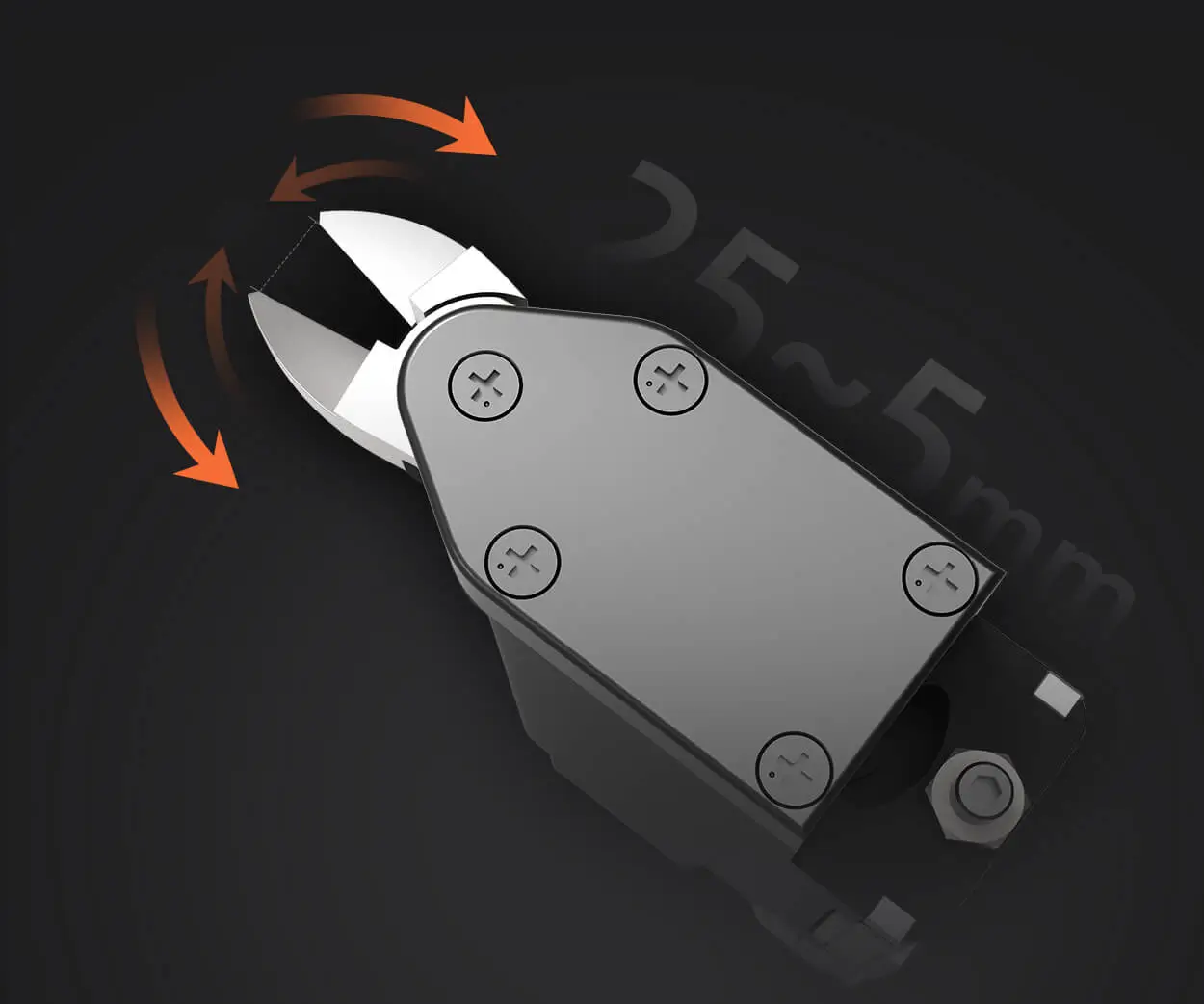Introduction: Why Understanding Servo Motor Dimensions Matters in Robotics
When diving into the world of robotics or electronic projects, everything starts with components. Among these, servo motors stand out as the vital muscles of any movement—controlling positions, rotations, and precise adjustments in countless applications. But not all servo motors are created equal, especially when it comes to their size and dimensions.

Understanding the dimensions of Arduino-compatible servo motors isn’t just about fitting components onto a breadboard or chassis; it’s about ensuring the right balance between performance, space, power consumption, and application suitability. Whether you’re designing a tiny robotic arm for delicate tasks or a large scale-moving platform, knowing the physical characteristics of your servo helps prevent surprises and setbacks.
What Is an Arduino Servo Motor?
To start with, an Arduino servo motor isn’t a single specific model but a category of servos that are compatible with Arduino microcontrollers. These servo motors are typically classified by their size, torque, speed, and overall physical dimensions. They connect easily to Arduino boards via a simple three-pin interface: power, ground, and control signal, making them user-friendly even for beginners.
Most importantly, servo motors convert electrical signals into precise rotary or linear motion. This unique capability makes them the core choice for robotics projects requiring accurate positioning or repetitive movements. Since Arduino projects often demand miniaturization or specific form factors, selecting a servo with appropriate dimensions is crucial.
The Spectrum of Sizes: From Micro to Standard Servos
When browsing your local electronics supplier or online marketplace, you'll encounter a wide array of servo motors designed to meet different requirements. Here’s a quick overview:
Micro Servos: Tiny, lightweight, and low power, ideal for compact robots, drones, or wearable tech. Typically measuring around 23mm to 25mm in height and width, with a similar length. Mini Servos: Slightly larger than micro options but still considered compact. Usually around 30mm to 40mm in size. Standard Servos: The most common in DIY projects, offering a good balance of size and power. These often measure approximately 40mm to 50mm in height and are suitable for medium-sized robotics. High-Torque and Heavy-Duty Servos: Larger units designed to deliver significant torque, sometimes exceeding 60mm in size, necessary for lifting heavier loads or operating in demanding environments.
Why Size and Dimensions Matter
Choosing a servo based solely on its torque or speed can lead to design challenges if the physical size doesn't fit your project parameters. For instance:
Fit and Space Constraints: Tiny gadgets require compact servos; large servos can crowd out other components. Weight Considerations: Larger servos tend to be heavier, influencing balance and mobility in mobile robots. Mounting Compatibility: Dimensions influence the type and size of mounting brackets, linkages, or housings needed. Power Requirements: Larger servos often require more power and can influence your power supply decisions.
Common Dimensions of Popular Arduino Servos
Let’s take a quick look at some popular Arduino-compatible servos and their typical dimensions:
SG90 Micro Servo:
Length: 22.8mm
Width: 12.2mm
Height: 28.5mm
Weight: Approximately 9g
MG90S Micro Metal Gear Servo:
Length: 23mm
Width: 12.2mm
Height: 27mm
Weight: About 13.4g
SG92R Mini Servo:
Length: 31mm
Width: 13mm
Height: 30mm
Weight: 45g
Tower Pro Hitec HS-422 Standard Servo:
Length: 40.7mm
Width: 20.3mm
Height: 38.1mm
Weight: 57g
Understanding these dimensions aids in selecting the ideal servo for your project, ensuring optimal fit and function.
Designing with Dimensions in Mind
When designing a robot or automation system, it's vital to consider not just the servo's physical size but also how it integrates with your overall layout. For example, micro servos are perfect for tight spaces, especially where weight reduction is key. Standard servos, on the other hand, provide higher torque with manageable size, making them a versatile choice.
If you’re designing a prosthetic arm or delicate sensor platform, miniature or micro servos will minimize bulk, allowing for more natural movement and less operator fatigue. For robotic arms carrying heavier loads, standard or high-torque servos with larger dimensions offer the strength needed but require careful planning to accommodate their size.
Conclusion of Part 1
Grasping the dimensions of Arduino servo motors is fundamental for effectively translating your ideas into functional prototypes. Whether aiming for compact, lightweight, or high-power applications, selecting the appropriate size ensures your build is practical, efficient, and durable. In the second part, we’ll delve deeper into specific models, how to choose the right servo based on dimensions, and tips on mounting and integration.
Established in 2005, Kpower has been dedicated to a professional compact motion unit manufacturer, headquartered in Dongguan, Guangdong Province, China.




































